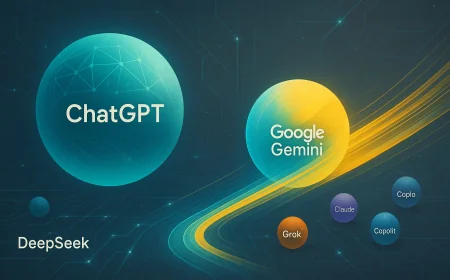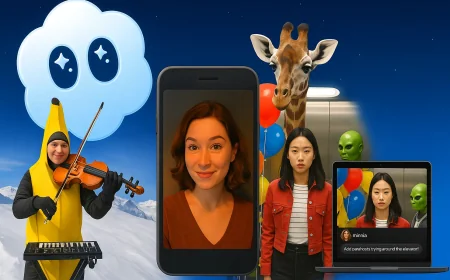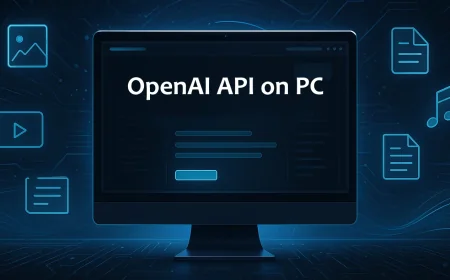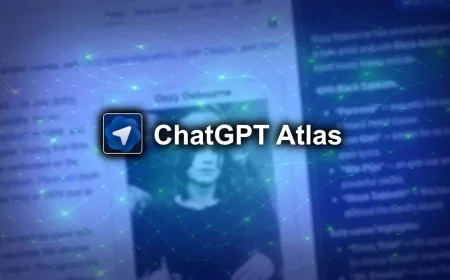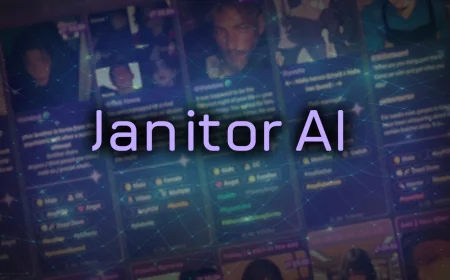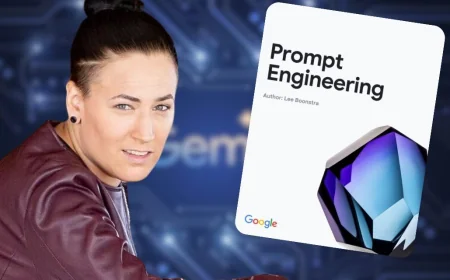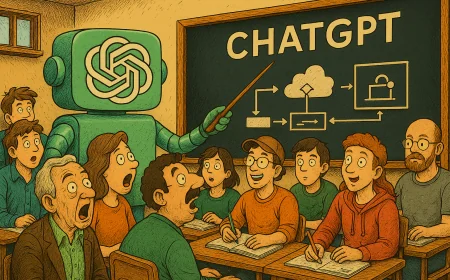AI Terms Everyone Should Know
Clear, concise explanations of essential AI terms. Ideal for those who want to understand modern AI without diving into technical literature.
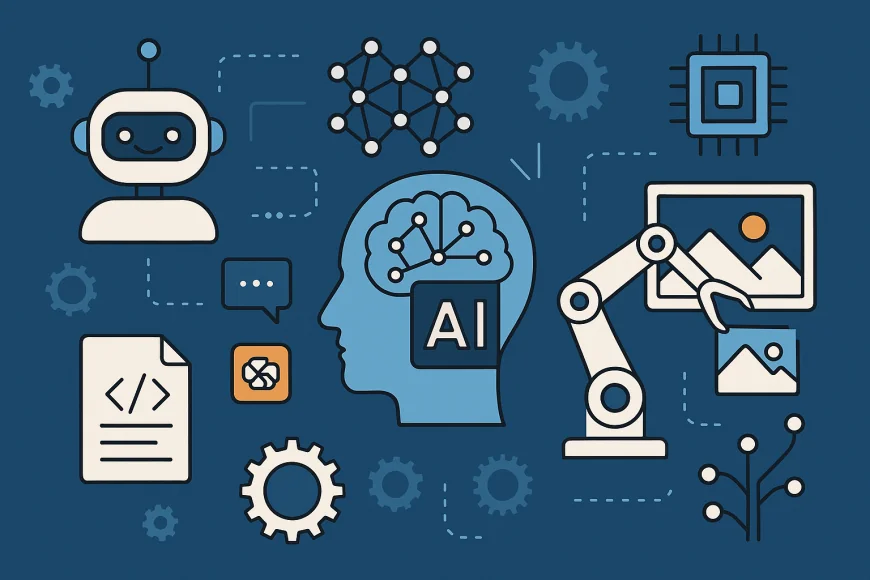
According to surveys, more and more people are using AI today. Technologies like ChatGPT, Gemini, and Copilot are increasingly integrated into everyday apps and services, changing how we interact with technology. People can now have meaningful conversations with AI — asking questions in simple, understandable language and receiving original, “human-like” answers.
However, chatbots like ChatGPT are just a small part of the larger AI world. It’s convenient when AI helps with homework or when Midjourney creates stunning images, but the potential of generative AI goes much further. According to some estimates, such technologies could bring the global economy several trillion dollars annually. So it’s no surprise that conversations about artificial intelligence are on the rise.
As AI becomes more deeply woven into everyday life, new terms and expressions emerge. If you want to confidently join a conversation, impress at an interview, or just stay informed — this glossary will come in handy.
ChatGPT — an AI chatbot developed by OpenAI based on large language models.
Autonomous agents — AI models capable of completing tasks on their own. An example is a self-driving car that uses sensors, GPS, and driving algorithms.
Agentive system — systems or models capable of acting independently to achieve a goal. For example, an autonomous vehicle that can make decisions without constant oversight. Unlike background “agent-like” models, agentive systems are designed for user interaction.
Algorithm — a sequence of instructions allowing a program to analyze data and perform tasks, such as recognizing patterns.
Large language model (LLM) — a model trained on vast amounts of text to generate human-like content.
Emergent behavior — unexpected abilities of AI that were not explicitly taught during training.
Hallucination — incorrect but confidently presented answers from AI, such as wrong dates or facts.
Generative AI — AI that creates text, images, code, or video based on training data.
Text-to-image generation — the creation of images from textual descriptions.
Deep learning — a machine learning method based on artificial neural networks for recognizing complex patterns in images, sound, and text.
Diffusion — a training method where noise is added to data (e.g., an image), and the model learns to restore the original.
Prompt — a user input or query that triggers a response from the AI.
Artificial intelligence (AI) — the use of technology to simulate human intelligence in software or robots.
Multimodal AI — AI capable of processing different types of data: text, image, video, speech.
Neural network — a model inspired by the structure of the brain, recognizing patterns in data using interconnected “neurons.”
Natural language processing — a field of AI that teaches machines to understand human language using statistics, linguistics, and algorithms.
Zero-shot learning — an AI’s ability to perform tasks it wasn’t directly trained on.
Unsupervised learning — learning without pre-labeled data. The model independently identifies patterns.
Training data — datasets used to train AI (texts, images, code, etc.).
Anthropomorphism — the tendency to attribute human traits to non-human objects. In AI, it’s the belief that a chatbot has emotions or consciousness.
Weak AI (narrow AI) — AI designed to perform specific tasks without the ability to learn beyond them.
End-to-end learning (E2E) — a process where a model learns to complete a task from start to finish, rather than step-by-step.
Temperature — a parameter that controls the level of randomness in a language model’s responses.
Turing test — a test to determine whether a machine can behave indistinguishably from a human.
Tokens — text units analyzed by AI when generating a response. One token is roughly 4 characters.
Prompt chaining — the ability of AI to consider previous prompts when generating new responses.
What's Your Reaction?
 Like
0
Like
0
 Dislike
0
Dislike
0
 Love
0
Love
0
 Funny
0
Funny
0
 Angry
0
Angry
0
 Sad
0
Sad
0
 Wow
0
Wow
0


